In today's highly automated world, a wide range of devices can be connected to computers, and serial communication is one of the simplest and most common methods for achieving this automation. Visual Basic (VB) provides a built-in system for controlling serial communication, making it easier for developers to implement such functionality and offering users a more convenient experience.
Programmable Logic Controllers (PLCs) are essential in modern control systems and have become very popular. The ability to interact with PLCs easily has become a key competitive area for many manufacturers, leading to the development of tools like human-machine interfaces (HMIs) and configuration software. These tools simplify the operation and management of PLCs but often come with drawbacks such as high costs and complex development processes. As a "raw" programming language, VB offers clear advantages in terms of cost-effectiveness and ease of use.
This article explores how to achieve PC-PLC communication using VB through a simple case study. It introduces basic concepts that will benefit engineers working in this field, providing a foundation for further exploration.
1. The Basics of Serial Communication
Communication can generally be divided into two types: parallel and serial. In parallel communication, data is transmitted 8 bits at a time, while in serial communication, data is sent bit by bit. These two methods are illustrated in the figure below.
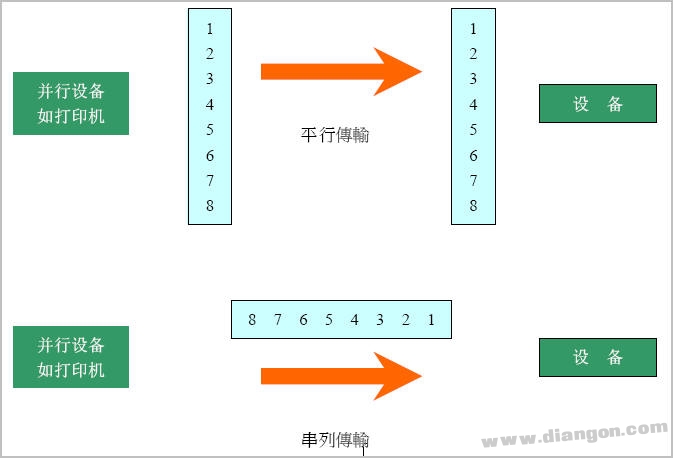
There are also two commonly used standards in serial communication: RS-232 and RS-485.
1.1 RS-232
The signal level of RS-232 is referenced to ground. As shown in the diagram, the transmitter uses terminal 1 to send data, and the receiver uses terminal 2 to restore the signal. However, since the two ground terminals may not be the same, interference can occur during transmission, leading to potential errors.
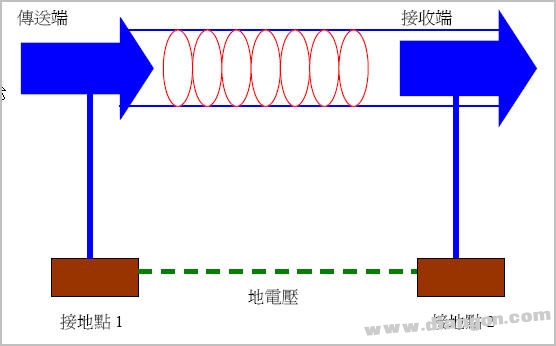
1.2 RS-485
RS-485 uses differential signaling, where the signal is split into positive and negative lines. At the receiving end, the original signal is restored by subtracting the two signals. If the original signal is represented as DT, then D+ - D- = DT.
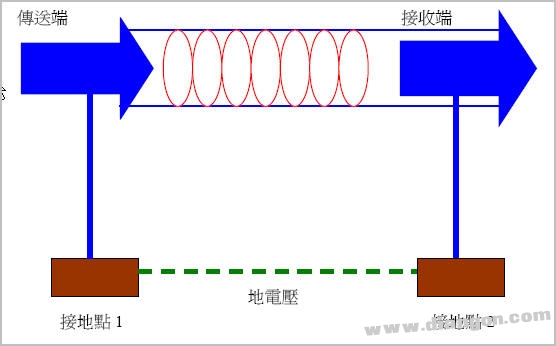
Even if noise affects both lines, the receiver still accurately restores the original signal, making RS-485 more resistant to interference than RS-232.
2. The Basics of Visual Basic
Visual Basic is a powerful tool developed by Microsoft for Windows applications. It provides a rich set of interface elements, including objects, properties, events, and methods, which are fundamental to building interactive applications.
Some common controls in VB include:
2.1 Label Control

This control is used to display text or numbers on the user interface, as shown in the example above.
2.2 Button Control
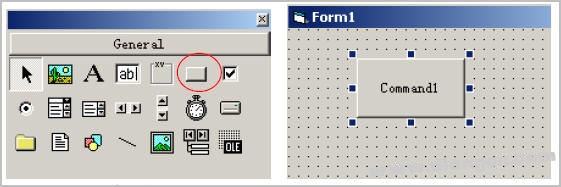
A widely used control, the button allows users to interact with the application by triggering specific actions.
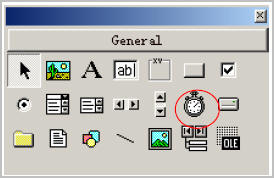
2.3 Timer Control
This control enables the execution of code at fixed intervals, making it ideal for tasks that require periodic updates or background processing.
VB includes numerous other controls, each serving a unique purpose in application development. By leveraging these tools, developers can create efficient and user-friendly applications.
Rf Connection Cables,Waterproof Sma Connector,Sma F Connector,Sma Connector Types
Dongguan Zhuoyuexin Automotive Electronics Co.,Ltd , https://www.zyx-fakra.com